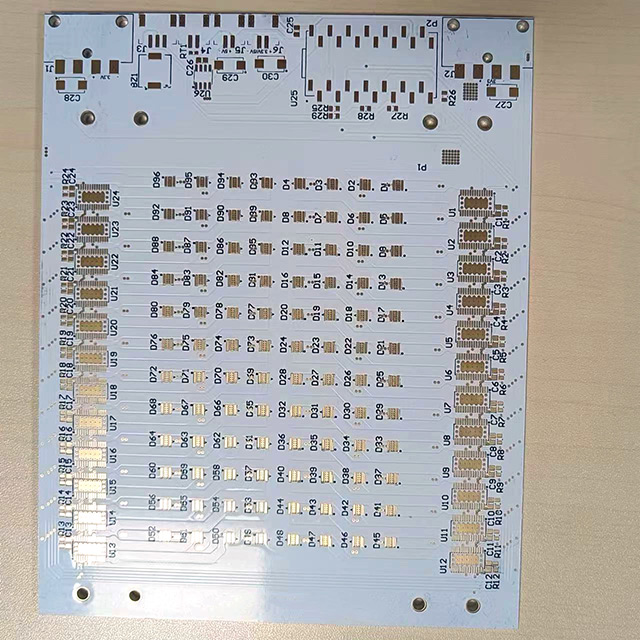A
ambrad
Hi All
Hope you can help. I have wired a biomass boiler on an s plan and the only existing wiring that has been used is the fused spur. We had a problem with the boiler not turning off so did all the relevant checks on the cabling and everything was fine. ie switching through the clock, room stat and cylinder stat all working fine. We got the maker out and thay could not find an issue. When i re checked the system i had a rogue 10v on the switching wire to the boiler at all times. The only time this went was when i turned off the fused spur. I tried disconnecting things individually but this made no difference. I am a bit stuck. Can anyone help.
As a foot note i have one idea in my head that i am considering but i might be barking up the wrong tree. The plumber has fit a magna clean about 500mm away from the wiring centre. The cables to the boiler run behind the magna clean. This thing gives off a very strong magnetic field. Could it be inducing a current that is stopping the boiler being switched.
Any ideas or similar problems please.
thanks
Hope you can help. I have wired a biomass boiler on an s plan and the only existing wiring that has been used is the fused spur. We had a problem with the boiler not turning off so did all the relevant checks on the cabling and everything was fine. ie switching through the clock, room stat and cylinder stat all working fine. We got the maker out and thay could not find an issue. When i re checked the system i had a rogue 10v on the switching wire to the boiler at all times. The only time this went was when i turned off the fused spur. I tried disconnecting things individually but this made no difference. I am a bit stuck. Can anyone help.
As a foot note i have one idea in my head that i am considering but i might be barking up the wrong tree. The plumber has fit a magna clean about 500mm away from the wiring centre. The cables to the boiler run behind the magna clean. This thing gives off a very strong magnetic field. Could it be inducing a current that is stopping the boiler being switched.
Any ideas or similar problems please.
thanks











